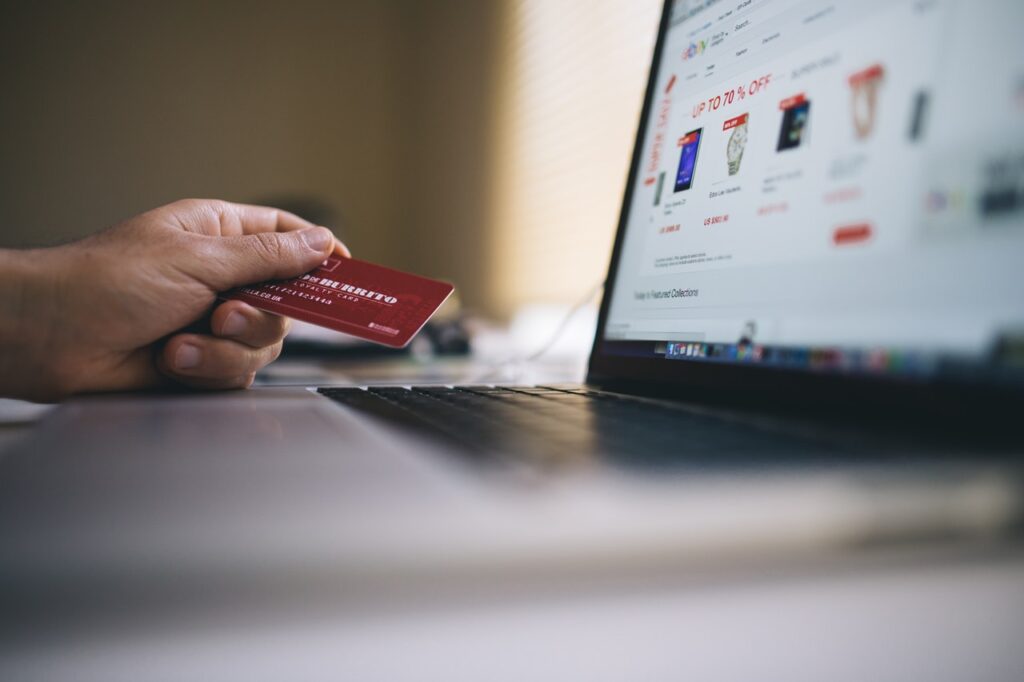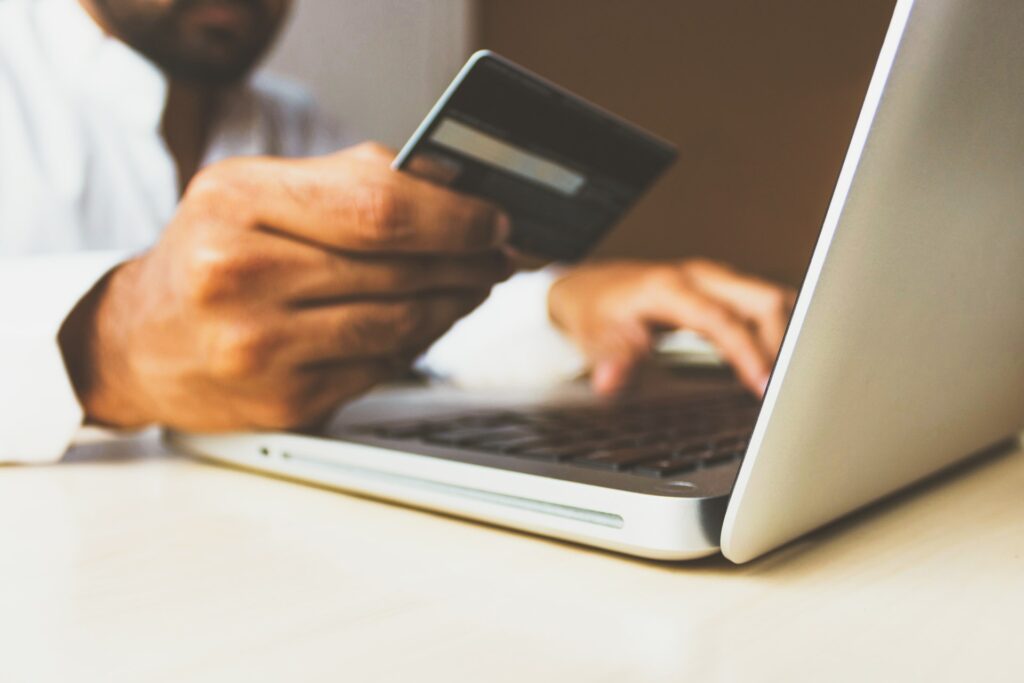In this highly digitalized world, online shopping has been predominant. Everything you want could be purchased at the click of your fingers. Online shopping has become so popular that it’s herculean not to get caught up in its rush. Often it gets addictive owing to the ease of access and makes one prone to purchasing more than what one requires.
In such times, shopping through coupons has proved to be a budget-friendly option. They are highly underrated as they seem to grant no particular benefit. However, carefully reading the T and C actually helps you gain so much more with the cash you pay.
But, because of the immense benefits, it grants to people, many opportunists have resorted to circulating fake coupons. They do it to trick people into believing that they are saving money but make no difference. This can be remedied by knowing how to spot fake online coupons and avail real coupons from authentic sources like CouponXoo.com.
So here are eight steps you can take to cross-check the authenticity of the coupons you get.
1. There is no link to the website of the company or retailer.

A link generally would be included on the online coupons you receive, and even a physical coupon has one that allows you to be redirected to their website. If the offer is genuine, it would be displayed on their website with all the details. Sometimes you will find really authentic-looking coupons that have no link to the company website, and if you cross-check, you’ll find it would be illegitimate. This is one major tip to scan for fake coupons.
2. It is a Photocopied Coupon.
If you find photocopies of coupons, it obviously won’t have any value. The store would refuse to recognize it, and many scammers have used this to cheat people into buying it with other products. Having a valid source of in-store coupons is very important. If you ever receive a photocopied coupon, it is 100% guaranteed not to work at any of the stores. So make sure you don’t waste your time pursuing such coupons. These are generally forwarded and sent through online forums and groups and are easy to get hooked in. So remember this tip if you come across any attractive coupon copy.
3. It just looks fake.

There are a few red signals that should raise the alarm of a coupon being fake. Missing barcodes, a variety of generic text fonts, and a simple, non-elaborate design are some of the major ones. Photoshop users can easily prepare counterfeit coupons using logos and attractive titles. But you can check for tell-tale signs like spelling mistakes and bad grammar. Fake coupons tend to have all these mistakes. The marketing team of big companies painstakingly crafts real coupons. Thus, they would be flawless and made of good, glossy paper.
4. The Coupon is Blacklisted.
Websites bear a database of fake coupons that any wary consumer can cross-check with. This list is updated by the Coupon Information Corporation. If you open this website, you can see a massive list of fake coupons from popular manufacturers like Revlon, Pepsi, Kraft, Nestle. These popular generic brands are very widely used. Hence, counterfeit coupons can actually be circulated efficiently to scam people. Shady coupons can be cross-checked on these websites to quell your suspicions. If you find a questionable coupon, this tip should cross your psyche.
5. It has unbelievable and mind-blowing offers.

There are epic coupons in circulation, boasting of a 50 – 75% off on prices by famous brand stores. This is a fraud since no good store would ever offer such insane discounts unless it’s a clearance sale. Sometimes your gut instinct would tell you it is too good to be true when you check out a coupon’s benefits. But if you are a bit vigilant, you will immediately see the red flag there. Hence, if you find the offer too consumer attractive, be a bit wary of it and cross-check its authenticity.
6. You have to spend money to get it.
Paying for coupons defies its purpose. The risks are significant to be acknowledged here. Sometimes you’d have to pay for fake coupons, and that’s one major form of trickery. But some other times, you’d find the payment option on coupons on eBay. Check their legitimacy, and purchase according to the value the coupon gives. You can check if they’re fake with the tips above, or let’s say that they’re true. You have to make sure the value you get back from it exceeds the value you pay for it. Or else it won’t be different from buying at the retailer store directly.
7. Spurious expiry dates

At times, it would be really subtle, and you might miss seeing it, but there would be crazy dates like 10/31/15. At first glance, you may not even register it, but no amount of variations of how the date is written would follow that rule. So look out for fake dates. That’s a clear sign that the coupon is fake. Also, look for an expiry date.
Many in-store coupons would have an expiry date. This shows the authenticity of the voucher. If there are no dates printed, the coupon is probably fake.
8. There are Free Products Offered.
If a coupon says that registration is required and you’d be eligible for a free product, it is probably fake. Many have been circulating on Facebook and Twitter, and people are falling trap to it in massive numbers. The problem here is when you register; your credit card details would be asked to get the free product. The free product is technically a scam, and the fraudsters deceive you into getting your card number in order to indulge in a further swindle. So, any coupons having these extra benefits tend to be fake.
Conclusion
So, that is all about scanning your coupons to differentiate between the fake and the real ones. Authentic coupons are easy to redeem and tend to be much less of a hassle.
It is easy to identify the fake ones as they have many warning labels. All you need to do is to be on your toes to spot the telltale signs because it is better safe than sorry. With this list, you would be able to totally tell them apart and avoid falling victims to the trap.








